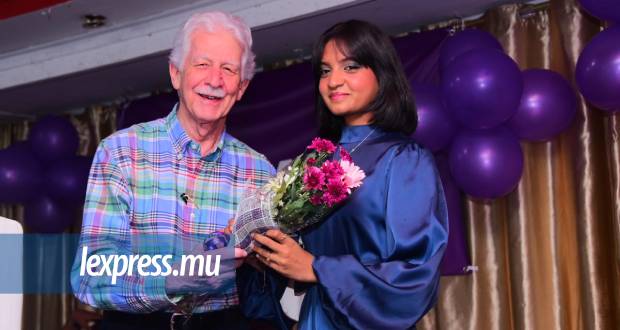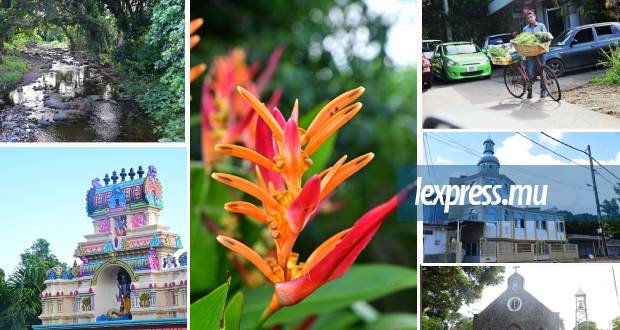Publicité
Starting offon the right foot

When you dance the Khatak, your feet become instruments. “I should hear the music coming from your feet,” Anna Patten, dance teacher and professional dancer, tells her students. The traditional Indian dance seems to be based on four principles: movement of feet and arms, expression and straight posture. The Khatak symbolises the earth beat; so everything turns around the beat given by the feet.
It is a classical dance from the North of India. It has two dimensions: in the past, people used to dance it in the temple. Storytellers also used it there to mime religious stories. But, with the arrival of the Moghuls, the king brought the dance into the imperial court. “This is what has made the Khatak so noble and fine today,” Sanedhip Bhimjee, the director of the Art Academy, explains.
There are two styles of Khatak: the more vigorous Hindu style and the more gracious and subtle Muslim style. Their blend has given today’s Khatak. In their classes, both Sanedhip and Anna try to pass down the whole universe of Khatak. It is not only a dance, it must relate something as well.
With her young pupils, Anna insists on the expression on their faces. “Smile, show some emotion, some expression…” she shouts. Moreover, before the lesson comes to an end, she does 10 minutes of mime. Young dancers have to mime a scene of their daily life: they pick litchis from the tree and have to show how tasty they are, for instance. All this is meant to help them find the right expression when they dance the Khatak.
This traditional dance is like a whole lifestyle. “We don’t only teach them the movements, the way they should dance. Being good on the stage is not enough. This is why they are also taught what we call the ‘social graces’.” This means teaching them how to behave off-stage as well as on.
Then, there is a whole history syllabus. Anna and Sanedhip relate religious stories to their pupils so that they understand why they are doing such and such a movement. Finally, the pupils are taught the technique, the percussion language. Khatak dancers should have perfect timing.
<B>Creative dance</B>
The Art Academy, the trainees as well as the professionals, often give public shows where costumes have great importance. They are part of the show and are designed for the occasion. Sanedhip and Anna choose the materials and colours; they even have a workshop where they manufacture some costumes. But, for special events like the SADC summit, they called upon an Indian designer who came to Mauritius to make them.
Although Khatak is a traditional dance, it is considered very open. “It belongs to the one who’s dancing.” Each dancer puts his/her own personality into the way he/she dances and this is what makes the beauty of the dance.
Sanedhip and his team of professional dancers mix up dances of different origins to give them a personal touch. They’re always looking for more choreographies and they mix African dance, tango and Khatak to obtain a creative dance. “We do a lot of creations on various themes. What we want to achieve is a new Indian identity.”
Publicité
Les plus récents






